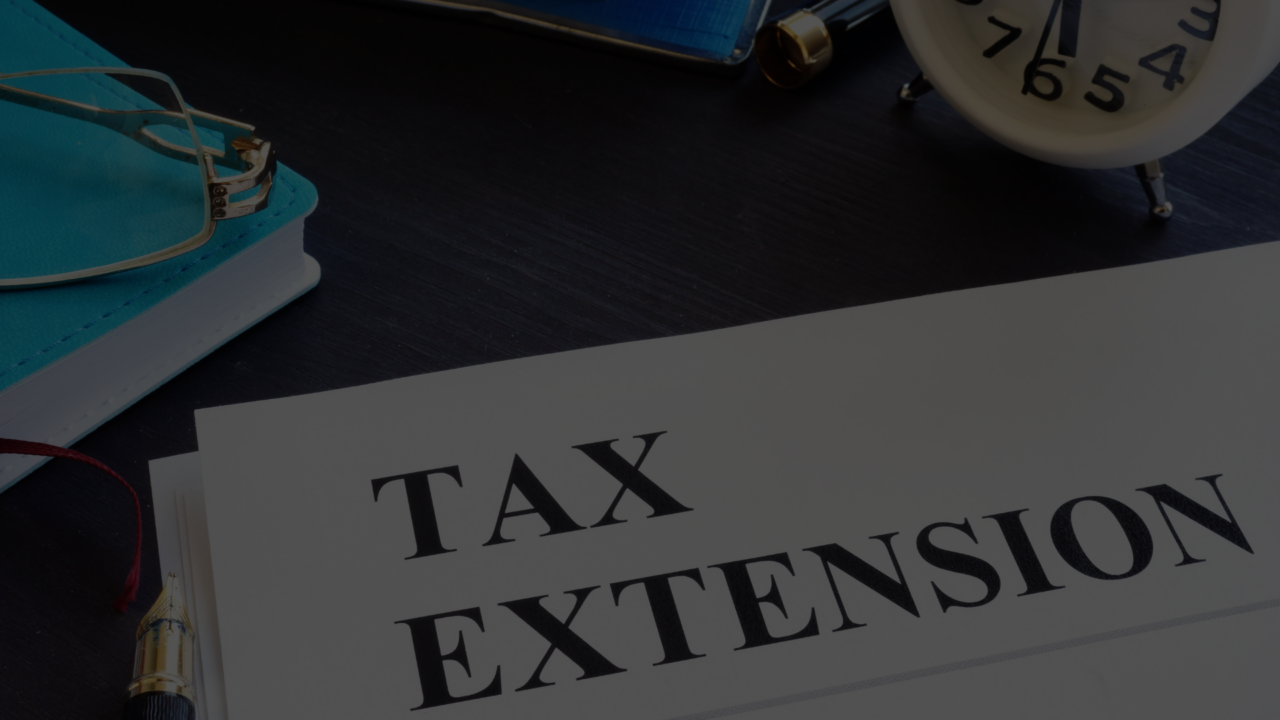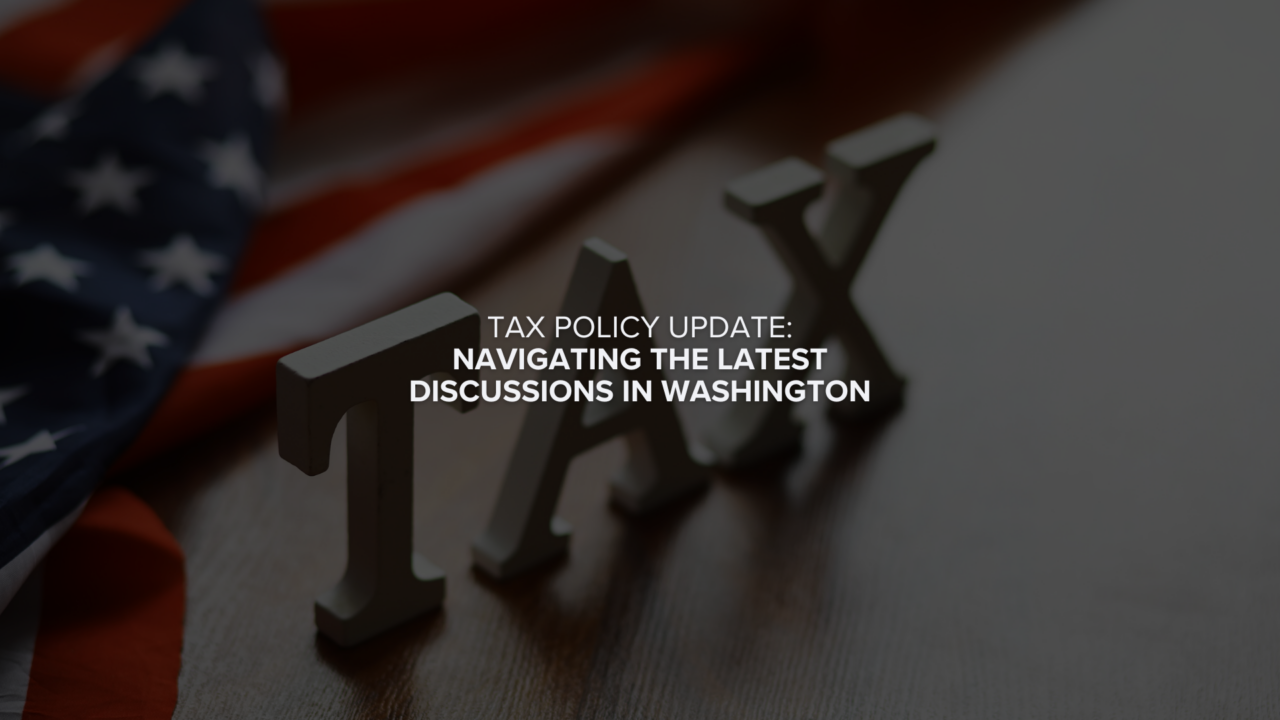On Dec. 22, 2017, President Trump signed sweeping tax reform, formerly known as the Tax Cuts and Jobs Act, into law, marking the largest change to U.S. tax policy in decades.
What changes are coming for healthcare companies?
To help organizations navigate the issues most impactful and urgent to the healthcare industry, we’ve prepared a summary of the major implications based on the signed legislation.
Key Provisions for the Healthcare Industry
| Provision | Summary of Changes | Considerations for Healthcare Organizations |
|---|---|---|
| Repeal of the ACA Individual Mandate | The final legislation ends the requirement for individuals to possess health insurance or face a monetary penalty. This will increase the number of uninsured individuals by about 13 million in 2027, according to the Congressional Budget Office. However, large portions of the ACA are still in effect. Effective date: Effective for years after Dec. 31, 2018 | Industry view: Negative Comments: A sharp increase in the number of people without insurance could hurt hospitals’ finances as they treat more uninsured patients. |
| For-profit Considerations | ||
| Reduce the Corporate Tax Rate | The final legislation reduces the corporate tax from 35 to 21 percent. Effective date: Effective for taxable years after Dec. 31, 2017 | Industry view: Positive Comments: The cut in the corporate tax rate may alleviate some of the added expense from the limitation of interest rate deductibility. It could also free up funds that can be used for capital expenditures. |
| Limitation of Interest Rate Deductibility | The final legislation caps interest deduction to the sum of business interest income plus 30 percent of the adjusted taxable income of the taxpayer for the taxable year. Adjusted taxable income is defined similar to EBITDA for taxable years beginning after Dec. 31, 2017 and before Jan. 1, 2022, and is defined similar to EBIT for taxable years beginning after Dec. 31, 2021. Limitation applies to both related party and unrelated party debt. Disallowed interest is carried forward indefinitely. Effective date: Taxable years after Dec. 31, 2017 | Industry view: Negative/neutral Comments: Earnings per share for publicly traded companies will be lower due to the limitation on interest expense deductibility, but said limitation is not expected to impact free cash flow, which will be helped by the cut in corporate tax. |
| Immediate Expensing of Certain Capital Expenditures | The final legislation enables companies to fully expense capital expenditures for most types of property other than real estate in 2018. Effective date: Applies until 2022 for purchases made after Sept. 27, 2017 The percentage of allowable expensing will be phased out at a rate of 20 percent per year from 2023 (80 percent) to 2026 (20 percent). | Industry view: Positive Comments: This could encourage more capital spending. |
| Amortization of Research and Experimental (R&E) Expenditures | The final legislation requires that expenditures paid or incurred be capitalized and amortized over five years (15 years for expenditures for research conducted abroad). Effective date: Taxable years after Dec. 31, 2021 | Industry view: Negative Comments: Companies will no longer be able to deduct costs when they are incurred. |
| Pass-through Deduction of 20 Percent for Business Owners | Owners of most pass-through entities such as sole proprietorships, partnerships and S corporations may be entitled to claim a deduction equal to 20 percent of qualified business income if they are not considered a prohibited specified service trade or business. While not all healthcare trades or businesses fall into this definition, most owner-operated clinical entities are generally considered a specified service trade or business, which disallows the deduction unless the owners meet certain taxable income thresholds. Effective date: Taxable years after Dec. 31, 2017 | Industry view: Neutral Comments: The deduction will benefit service professionals who earn less than $207,500 if single, or $415,000 if filing jointly. On the other hand, it will not be attractive to highly compensated business owners and could encourage them to consider changing their choice of entity. |
| Non-profit Considerations | ||
| Increase the Standard Deduction; Limit the State and Local Tax Deduction | The final legislation nearly doubles the standard deduction for individuals and married couples filing jointly and limits the deduction for state and local taxes to $10,000. Effective date: Taxable years after Dec. 31, 2017 | Industry view: Negative Comments: The increase in the standard deduction, combined with the limitation on the deduction for state and local taxes, will cause fewer individuals to itemize, which many nonprofits fear may lead to a reduction in overall giving. It has been estimated by the Tax Policy Center that charitable giving will decline between $12.3 and $19.7 billion. |
| Increase the Charitable Contribution Deduction Limit and Repeal the “Pease” Limitation | The Act increases the charitable contribution deduction limit for an individual to 60 percent of his or her adjusted gross income (AGI), up from the current limit of 50 percent. The Act repeals the “Pease” limitation, whose original intent was to raise tax revenue by increasing the taxable income for high-income earners. It does this by reducing the value/ benefits of several itemized deductions (including charitable contributions) once a taxpayer’s AGI reaches a certain amount ($261,500 for single filers and $313,800 for married couples filing jointly). The suspension of this limitation sunsets in 2025. | Industry view: Positive Comments: The increase in deduction limits may be an incentive for high-income donors to give more to charity, as they can claim more of their donations as a charitable deduction. Since the “Pease” limitation reduced the benefits of itemized deductions (including charitable contributions), repealing it allows high earning taxpayers to go back to enjoying the full benefits of these deductions. It is anticipated that this measure could help prompt high earners to donate more to charity. |
| Impose an Excise Tax on Endowments of “Applicable Educational Institutions” | The law includes a new excise tax of 1.4 percent on the net investment incomes of applicable educational institutions. The term ‘applicable educational institution’ refers to an educational institution which a) had at least 500 students during the preceding taxable year; b) the aggregate fair market value of the assets of which at the end of the preceding taxable year (other than those assets which are used directly in carrying out the institution’s exempt purpose) is at least $500,000 per student of the institution; and c) more than 50 percent of the students are located in the United States. | Industry view: Negative Comments: Healthcare systems that have post-secondary schools could be caught by this provision. Under the new law, when making the determination of whether the asset threshold is met, an institution will have to include the income and assets of certain related organizations. |
| Repeal of Advance Refunding Bonds | Effective date: Applies to advance refunding bonds issued after Dec. 31, 2017 | Industry view: Negative Comments: Eliminates advance refunding for municipal bonds by making interest on advance refunding bonds taxable. |
| Imposes Excise Tax on Executive Compensation | The Act imposes a 21 percent excise tax on the compensation of any covered employee in excess of $1 million. The term ‘covered employee’ means any employee (including any former employee) of an applicable tax-exempt organization if the employee a) is one of the five highest compensated employees of the organization for the taxable year, or b) was a covered employee of the organization (or any predecessor) for any preceding taxable year beginning after Dec. 31, 2017. Certain medical professionals are excluded from the definition of a covered employee. Effective date: Effective for taxable years beginning after Dec. 31, 2017 | Industry view: Negative Comments: Tax-exempt organizations will need to factor this new excise tax into their overall tax planning and be aware that this extra payment may require budget cuts elsewhere. Remuneration of a covered employee paid by an applicable tax-exempt organization includes amounts paid by a related person or government entity if the person or entity controls, or is controlled by, the applicable tax-exempt organization; is controlled by a person, or persons, that control the organization; or is a supported or supporting organization. A related organization can be taxable or tax exempt. |
| Modifications to the Unrelated Business Income Tax (UBIT) | The Act disallows tax-exempt organizations to take the business losses from one economic activity and deduct them from the gains of another economic activity. Organizations could, however, use one year’s losses on the same unrelated business to reduce taxes on another year’s operation of the same unrelated business. The provision is effective for taxable years beginning after Dec. 31, 2017. NOLs arising before Jan. 1, 2018, are not subject to the rule. | Industry view: Negative Comments: There are many unanswered questions about this UBIT provision and there may be opportunities for additional tax planning. On the other hand, the corporate income tax rate is decreased from 35 to 21 percent, which means nonprofits will pay a lower tax rate on the UBIT than they are currently. |
| Certain Fringe Benefits Taxed as UBI | A tax-exempt organization includes as UBTI any amounts paid or incurred by the organization for any qualified transportation fringe or any parking facility used in connection with qualified parking. UBTI does not include the amounts described above to the extent connected with an unrelated trade or business. Effective date: Tax years beginning after Dec. 31, 2017 | Industry view: Negative Comments: These provisions were enacted to equalize the treatment between taxable corporations that can no longer deduct these amounts and nonprofits. Guidance will be needed for the allocation of depreciation and other costs with respect to facilities used for parking. |
What should you do now?
Here are five steps healthcare organizations should take now to tackle tax reform:
- Assess impact. Tax professionals will likely need to review the bill text manually and measure their organization’s specific circumstances against it to assess the impact of the provisions and their holistic effect on their organization’s bottom line.
- Assemble a team. While the heaviest burden may fall on accountants, companies and their finance teams will have an important role to play in gathering all the necessary data.
- Dig into the data. Assessing the impact of tax reform requires a substantial amount of data. Organizations need to move from modeling the impact of tax reform to focusing on data collection and computations as soon as possible. If you have an international presence, bear in mind that some of the information needed could date back to 1987.
- Establish priorities. When considering what next steps to take, focus on the areas that could have the greatest impact on your organization.
- Initiate tax reform conversations with your tax advisor. Tax reform of this magnitude is the biggest change we’ve seen in a generation and will require intense focus to understand not only how the changes apply at the federal level, but also to navigate the ripple effect this is likely to have on state taxation as well.




